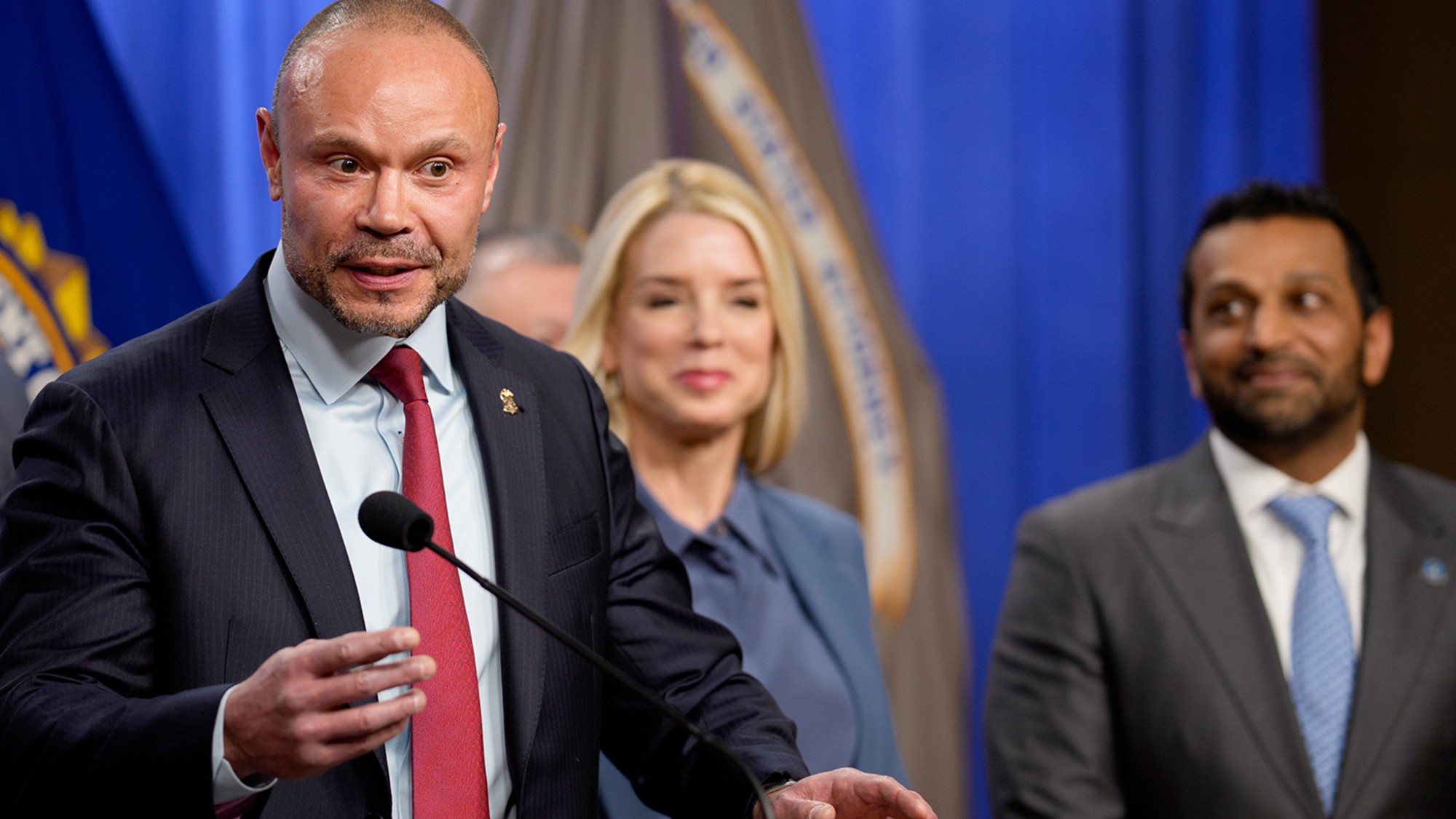Japan's 'ambitious' plan to end its nuclear crisis in nine months
As anxious evacuees wonder when they can go home again, power company executives announce a timetable to resolve Japan's worst nuclear disaster ever

The Tokyo Electric Power Company (Tepco) has unveiled a plan to stabilize and shut down all six nuclear reactors at Japan's tsunami-damaged Fukushima Daiichi plant — within nine months. The power company's chairman, Tsunehisa Katsumata, announced on Sunday that if everything goes according to schedule, radiation levels at the plant will be cut sharply by early 2012. Here, a brief guide to Tokyo Electric's "ambitious" timetable:
What is the first step?
Over the next three months, workers will focus on building new cooling systems to replace the ones destroyed by the March 11 earthquake and tsunami. During this phase, Tepco will also put temporary covers on the six reactor buildings, and install filters to reduce the amount of radiation leaking out. Then the power company will try to bring the plant to a state known as "cold shutdown."
The Week
Escape your echo chamber. Get the facts behind the news, plus analysis from multiple perspectives.

Sign up for The Week's Free Newsletters
From our morning news briefing to a weekly Good News Newsletter, get the best of The Week delivered directly to your inbox.
From our morning news briefing to a weekly Good News Newsletter, get the best of The Week delivered directly to your inbox.
When is a "cold shutdown" achieved?
When the fuel rods no longer heat the water being used to cool them to a boiling point, and stop releasing radioactive steam.
Will a "cold shutdown" be the end of the disaster?
No, although it's a significant step, says Banri Kaieda, Japan's trade minister. "But true safety will not come until the fuel rods are removed from the reactors." Then Tepco and the government can focus on decontaminating the area around the plant, a step that's necessary before the tens of thousands of local evacuees can return to their nearby homes.
A free daily email with the biggest news stories of the day – and the best features from TheWeek.com
What's involved in decontaminating the area?
Among other steps, radioactive soil will have to be removed and replaced. In the meantime, evacuees will probably be moved from gymnasiums and other shelters into temporary housing. "Well, this year is lost," says evacuee Kenji Matsueda, 49, whose home is 12 miles from the plant. "I have no idea what I will do. Nine months is a long time. And it could be longer. I don't think they really know."
Might this take longer than nine months?
Yes. Plenty of experts warn that Tepco's timetable is quite optimistic, and could be pushed back for any number of reasons. Plus: A strong aftershock could arrive without warning, disrupting the work or causing more damage. Last week, for instance a magnitude-7 quake temporarily disrupted the makeshift cooling system.
Sources: Boston Globe, NY Times, Wall St. Journal, Reuters, Bloomberg Businessweek
-
 Pipe bombs: The end of a conspiracy theory?
Pipe bombs: The end of a conspiracy theory?Feature Despite Bongino and Bondi’s attempt at truth-telling, the MAGAverse is still convinced the Deep State is responsible
-
 The robot revolution
The robot revolutionFeature Advances in tech and AI are producing android machine workers. What will that mean for humans?
-
 Health: Will Kennedy dismantle U.S. immunization policy?
Health: Will Kennedy dismantle U.S. immunization policy?Feature ‘America’s vaccine playbook is being rewritten by people who don’t believe in them’